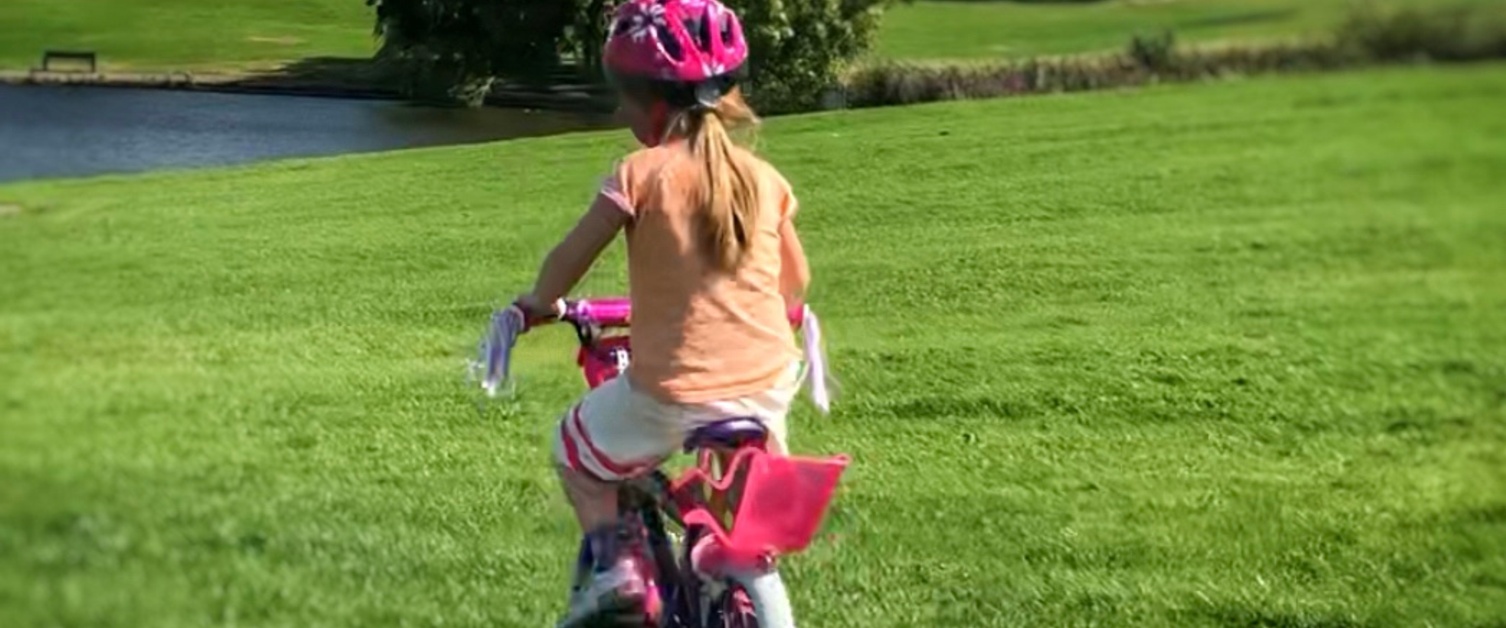Gross Motor Skills
Downloadable documents:
Online videos to help with gross motor skills:
Activities to help with gross motor skills
Ball skills to help with gross motor skills
Activities using tape
Ball maze activity
What are gross motor skills?
Gross motor skills require whole body movements and involve the large muscles of the body to perform everyday functions, such as standing and walking, running and jumping, and sitting upright at the table. They also include hand-eye coordination skills such as ball skills (throwing, catching and kicking) as well as riding a bike and swimming.
Why are they important?
Gross motor skills are important for everyday skills, including dressing (where you need to be able to stand on one leg to put your trousers on without falling over) and climbing in and out of a car or bath. They can also impact on day to day tasks such as getting on and off the toilet, walking up or down stairs, playing in the park with our friends and even helping you sit at the table to eat dinner!
A child with gross motor difficulties may avoid PE lessons, they may become silly and act the class clown or rush through activities they find difficult. Their self esteem may be low due to awareness of their difficulties.
If a child cannot stabilise and control the large muscles in their body it will impact on their ability to take part in fine motor skills such as writing, drawing and cutting, and affect their endurance to cope with a full day at school (sitting upright at a desk, moving between classrooms, carrying a heavy school bag).
What support can parents and teachers offer?
Parents and teachers can encourage motor skills to develop by doing physical activities. These should be done in a fun way so that the child enjoys them rather than feels they are work. Start with the easiest level and as the child improves, the activities can be made harder.
Have a think about which activities are important for your child, are there skills all of their friends or siblings have learnt and they continue to struggle with?
Is there a skill they're interested in learning, or do they have other interests which are more important to them?
A child must show motivation to learn new skills in order to achieve their end goal, doing something that you dislike is always more difficult to succeed unless you have the willingness and passion to make it possible.
Balance
Balance develops with movement of the body against gravity. Here you will find some activities to develop these skills. A strong core helps with balance and postural control activities can be done alongside the balance skills activities. A good body awareness (knowing where the body parts are in relation to each other and how to move them effectively) will also help with balance.
Ball Skills
Ball Skills are another skill which children regularly practice at school, during P.E lessons and also for sports day. We find that this is often an area that doesn't get practiced so much at home, but plays a huge part in a child's ability to participate in group games at school. So why don't you have a go at practicing at home as well.
Plan Movements
To be able to plan movements and learn new skills, a child needs to have good body awareness, spatial awareness and body movement skills. These activities can be practiced separately or put together to make an obstacle course. Activities for bilateral arm and hand movements, low muscle tone and bouncing on a trampoline.
